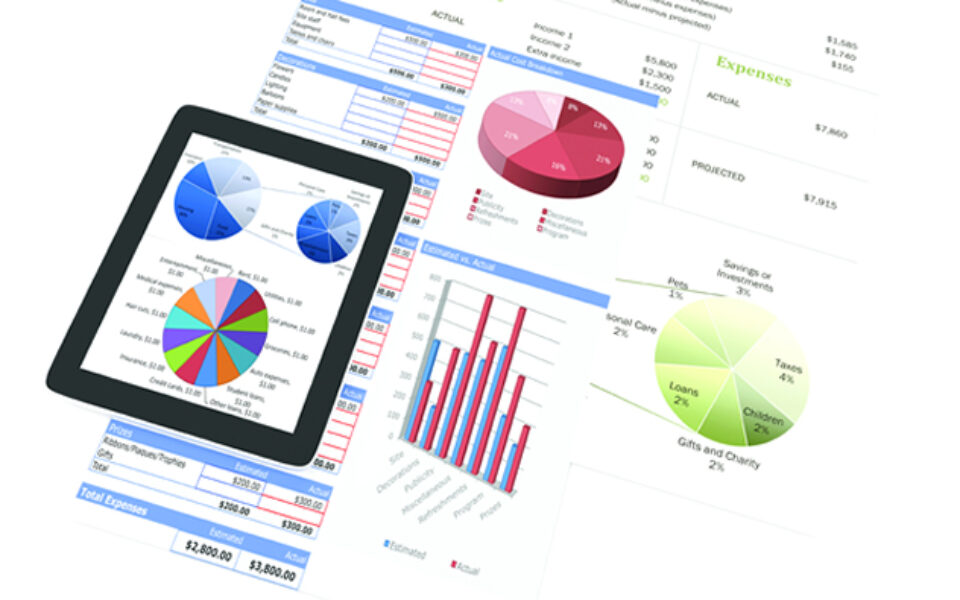Market Participant Acquisition Premiums in Valuations for Financial Reporting Purposes
Many of the valuations completed by Marcum LLP are for purposes of compliance with U.S. Generally Accepted Accounting Principles (GAAP), often referred to as Valuations for Financial Reporting. Approximately 15 years ago, the requirements for complying with U.S. GAAP changed in a way that relied significantly more on opinions of value rather than historical cost accounting.
As the valuation profession began fulfilling the need for these valuations, the Securities and Exchange Commission and others observed that there was too much diversity of practice in the way certain valuations were completed, especially as related to the valuation methods and judgments in certain topics. In response, the profession began issuing a series of “best practice” documents, the purpose of which was to reduce the diversity of practice by identifying what was considered best practice in the particular topic areas addressed. These efforts continue today.
One of these documents, Valuations in Financial Reporting Valuation Advisory 3: The Measurement and Application of Market Participant Acquisition Premiums (the “MPAP Advisory”), was recently issued by The Appraisal Foundation.
One area of significant diversity of practice was the premium for control used in the valuation of businesses or reporting units (which are basically subsidiaries or divisions of businesses). These valuations have been necessary in the realm of financial reporting for annual “goodwill impairment testing” as well as in other situations. There was diversity in the amount of this premium, how it was measured and applied, and how it was supported or justified. These factors often have a significant effect on the financial statements reported by companies that comply with U.S. GAAP.
The concept of such a “premium” comes from an observation that, when a company whose shares have been publicly traded on a stock exchange (generally in small blocks of shares) is acquired in its entirety, the price paid by the acquirer is almost always higher than the price at which the individual shares had been trading in the stock market. The amount by which the price was higher than the publicly traded price was identified as a “premium for control.” The data collected on these transactions was used as a source of quantifying premiums for control to apply when a controlling interest in a business entity was the subject of a valuation.
Such premiums for control have long been a controversial topic in valuations completed for tax and other purposes. In order to deal with the concept of these premiums purely in the context of financial reporting, and to avoid limitations that might be imposed by regulations or court findings in tax and other matters, the first step was to differentiate the concept as understood within financial reporting from the concept as addressed in other contexts. This was partially addressed by the introduction of a new term: the Market Participant Acquisition Premium, or MPAP.
This label is fitting for two primary reasons. First, the term “market participant” is used in valuations for financial reporting rather than the “hypothetical willing buyer, willing seller” term used in valuations for tax and other purposes. The term “market participant” is defined in the Accounting Standards Codification (ASC) and differs, to some extent, from the typical identification of what constitutes a hypothetical buyer/seller. The words “acquisition premium” are used because the recorded premiums at which transactions occur are, factually, premiums paid in a given acquisition.
Traditionally, it was believed that the buyer paid this premium because the buyer was gaining the prerogatives of control, including such things as the ability to establish the direction of the business, to buy or sell assets, to name management of the entity, and, basically, make all decisions regarding the business. However, this view of the valuation profession was questioned, and many practitioners changed their opinions and approaches. As the MPAP Advisory points out in its Background section:“… it has become widely accepted that the market evidence supplied by comparing the acquisition price to the publicly traded price does not represent a premium for conceptual control but, rather, represents a premium linked to actual changes that can be made by exercising that control.”
The MPAP Advisory elaborates significantly on this point, concluding that such premiums are paid because the buyer expects to either increase the cash flows of the entity or decrease the perceived risk of an investment in it. Therefore, such premiums tend to be specific to each transaction and the expectations of the specific buyer. As a result, it is often incorrect to assume that the premiums paid in prior transactions in a given industry necessarily indicate what premium might be appropriate for a particular subject entity at a particular time. Therefore, the MPAP Advisory cautions against simple reliance on data regarding premiums paid historically.
Rather, the MPAP Advisory recommends that MPAPs used in a valuation should generally be based on a specific analysis of how market participants might be able to actually increase cash flow or decrease risk. It contains a detailed discussion of how these improvements might be identified and the business characteristics that lead to them. The MPAP Advisory also concludes that it will often be the case that no MPAP is justified, that the “premium” in a given valuation is zero. There is also a discussion of situations when it might be acceptable to rely more on the historical data from transactions, and the limitations and dangers of doing so.
The reader is cautioned in multiple places that the MPAP Advisory is intended for use only in the context of valuation for financial reporting and not for tax, litigation, or other valuation arenas.
For purposes of this article, references to and discussion of financial reporting requirements and valuation concepts are simplified and generalized.





